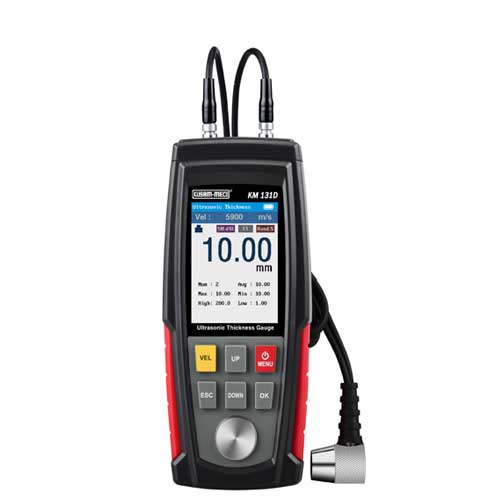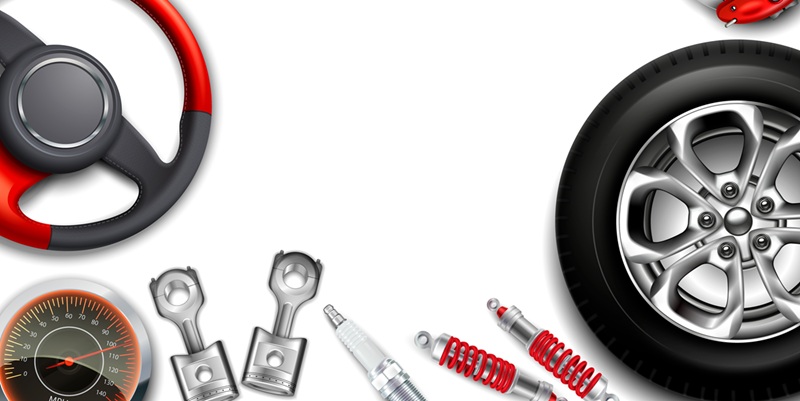Schedule a Call Back
Path to Component Independence
 Articles
Articles- Aug 01,25

Related Stories

ZF Group to Supply Electric Park Brake System for EV Platform in India
ZF will supply its Electric Park Brake (EPB) system to a leading Indian OEM for its new EV platform, marking ZF's first-ever SOP for EPBs in India's passenger vehicle market, enhancing safety and ef..
Read more
VinFast Launches EV Assembly Plant in India, Boosting Auto Manufacturing
VinFast opens its first EV plant outside Vietnam in Tamil Nadu, aiming to scale production, create jobs, and support India's emergence as a green mobility and manufacturing hub.
Read more
Path to Component Independence
India’s electronics sector is on an impressive growth trajectory. According to Commerce Ministry data, electronics exports surged 47 per cent during April–June this fiscal to $12.41 billion.
Read moreRelated Products

Kusam-meco Ir Thermal Imaging Camera
Kusam Electrical Industries Ltd offers a wide range of Kusam-Meco IR thermal imaging camera - Model KM 308 / KM 309.

Kusam-Meco Ultrasonic Thickness Gauge Model
Kusam
Electrical Industries Ltd offers a wide range of “Kusam-Meco†ultrasonic thickness gauge
model-KM 131D.

Eri's Smart Modular I/O Card
Electronics Relays (India) Pvt Ltd, offers a wide range of ERI’S smart modular I/O card.


















